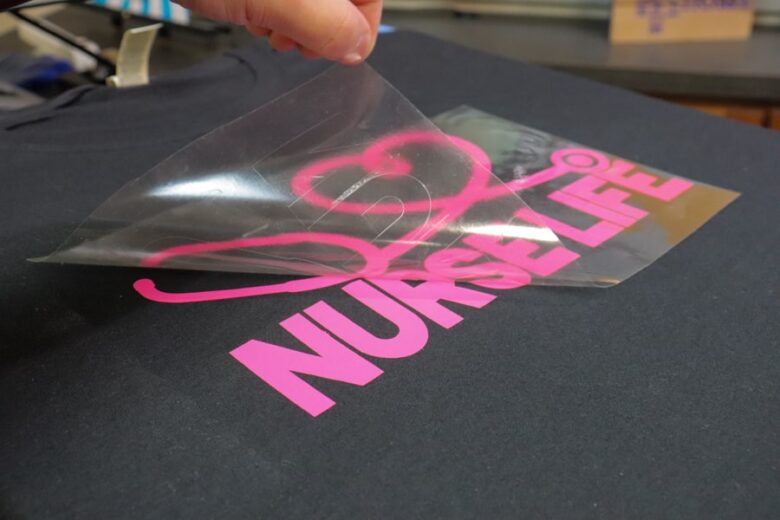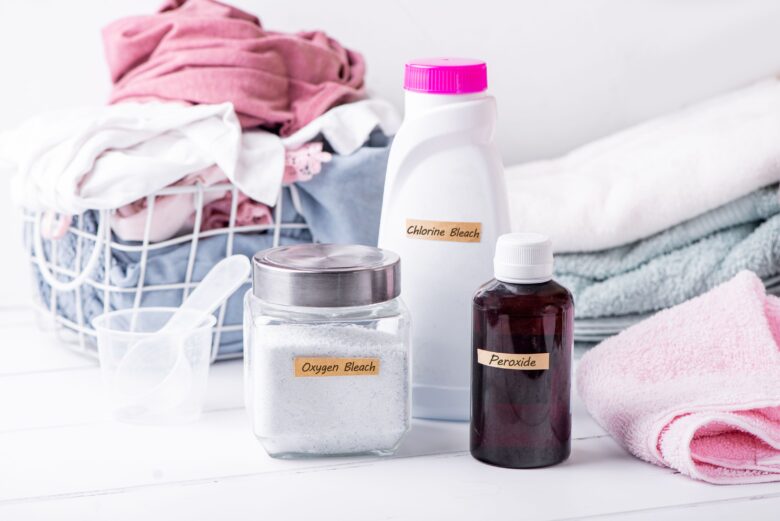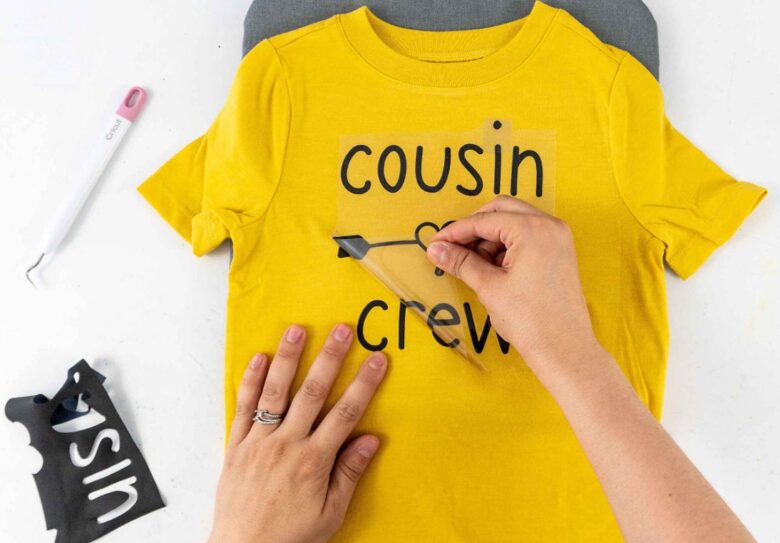Have you ever wanted to be creative yourself and make a personalized T-shirt? If this is the case, then you probably know that you can achieve something like that with the help of heat transfer vinyl. However, many beginners are not so versed in this type of work – so we will explain to you what HTV is and how you can make it stick better.
What Is Heat Transfer Vinyl?

Today, creative things are increasingly valued. Many of us like to have an item that is authentic and personalized. This is especially true of clothing items such as T-shirts, hoodies, etc. In addition, many companies make such items with their logos for promotional purposes.
Therefore, it is not surprising that many entrepreneurs have decided to venture into creative waters with the help of heat transfer vinyl. Namely, HTV makes this kind of work very simple and even fun – because you can transfer almost any image to your garment. However, before you embark on the adventure of this business – you still need to learn a little more about how HTV works and how to achieve the best print effect by doing all the things properly.
On What Principle Does HTV Work?

As we have already mentioned, HTV is a special tool that helps us in designing and personalizing clothing items or other textile items. It works on the principle of heat and a press that exerts pressure on the adhesive substrate – which is then glued to the textile.
This way, you can permanently decorate textile items, giving them authenticity and an impressive look. For this procedure, we need a vinyl cutter on which we will create and cut our digital design – and then, we will use the heating press to transfer that design to the desired textile object.
When we explain it in such a simplified way – everything seems easy. However, even those who have experience with HTV sometimes have a problem with design prints. Namely, sometimes it happens that the desired image or inscription comes off the textile – and that is a sign that we are not doing something right.
What Do We Do To Make HTV Stick Better?
Although the entire procedure of applying heat transfer vinyl is quite simple – it happens that after the procedure and getting the design on the textile, peeling or cracking occurs. That can sometimes completely destroy your garment. Such things happen most often due to our mistakes and improper conduct after we have completed the HTV procedure. So what do we most often do wrong and what do we need to do to make our heat transfer vinyl stick better? These are some of the answers.
1. Wait at least 24 hours before washing
Although after applying vinyl to textiles, we have to wash that garment or other item – we still have to wait for a while. According to HTVRONT, one of the most common mistakes we make is that we want everything right away. An item designed by using HTV should be left that way for at least 24 hours before we wash it.
Not only will the design ‘cool down’ – but it will take time for the vinyl glue to bond completely to the fabric. Otherwise, if you immediately expose such an item to washing and water – it will happen that the water will prevent this bonding, and you can expect the design that you printed on the T-shirt or some other item to peel off.
2. When Washing Clothes With HTV Design – Turn Them Upside Down

Since this technique is based on heat, heat can also destroy it. That is why T-shirts with HTV design should never be washed in a machine at high temperatures. In addition, even when you do not wash them at high temperatures, you must additionally protect such garments.
Therefore, it is always recommended to turn such garments upside down when washing – so that the design is on the inside. In addition to preventing peeling, this will give the HTV treated fabric extra protection from other clothes you wash in the washing machine.
3. Don’t Expose HTV Designed Clothes To Heat
Although we get this design with the help of heat – in the same way we can destroy it. Heat is both a creative and a destructive factor for HTV designs. We have already emphasized that you do not need to wash clothes like this at high temperatures.
However, it is especially important to take care of ironing. Namely, you should never expose objects designed in this way to the direct heat of an iron – or ironing machine. Therefore, it is recommended to iron such garments over a cloth or other fabric that you will place over this garment. It will be exposed to enough heat not to be wrinkled – but not so much that the image from it will start to peel off.
4. These clothes should not be chemically treated or bleached

Most chemicals have a bad effect on items that have an HTV design. However, the thing from which we need to protect our HTV clothes the most – is bleach. Most chemicals, and bleach, in particular, have such characteristics that they can seriously damage your clothes. Therefore, this means an absolute NO, NO when it comes to bleach, even those slightly milder types. Also, you don’t need to dry clean such items – because other chemicals used in this process can also destroy your garment.
Conclusion
Although HTV is a simple method with the help of which you can personalize products made of textiles – this does not mean that you don’t need to worry about the way these items are reflected. Proper keeping and maintenance of such garments will help you make your heat transfer vinyl sticks better. In this way, you will achieve the effect that your T-shirt or another item on which you have made an HTV design – always looks as good as new. Proper keeping and maintenance will help you avoid problems such as poor adhesion of vinyl adhesive means or peeling.


